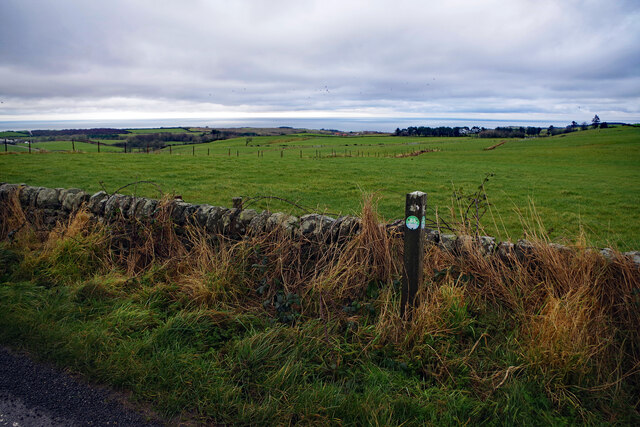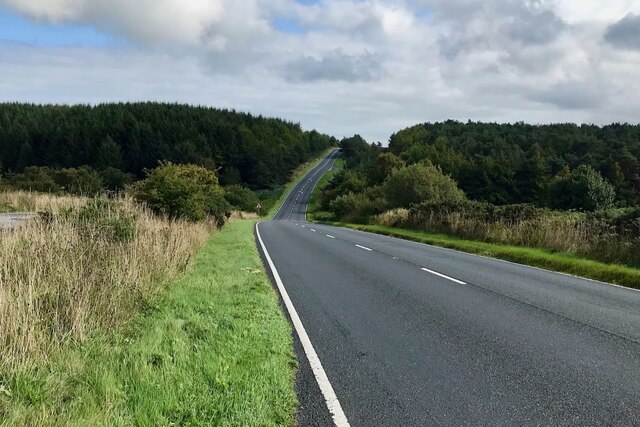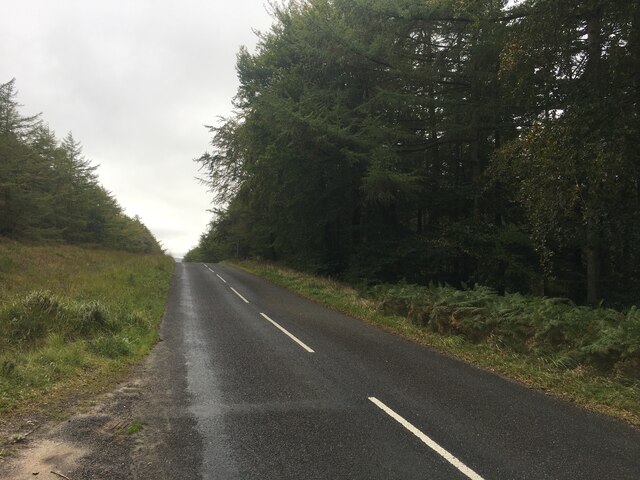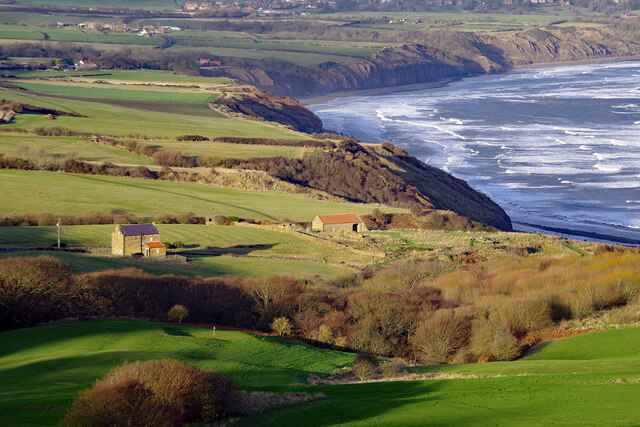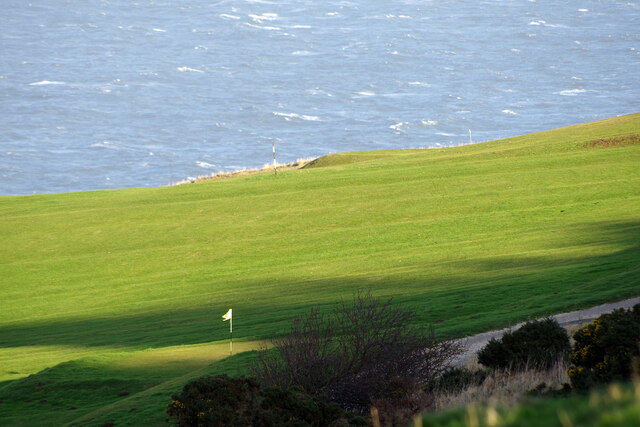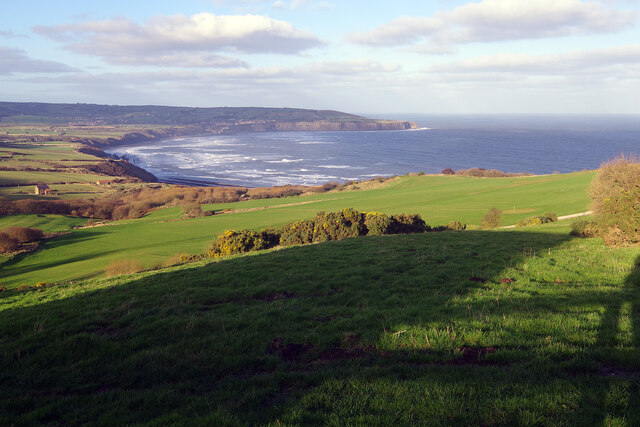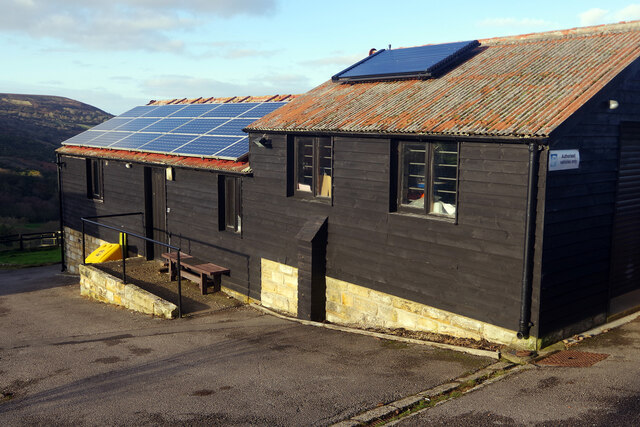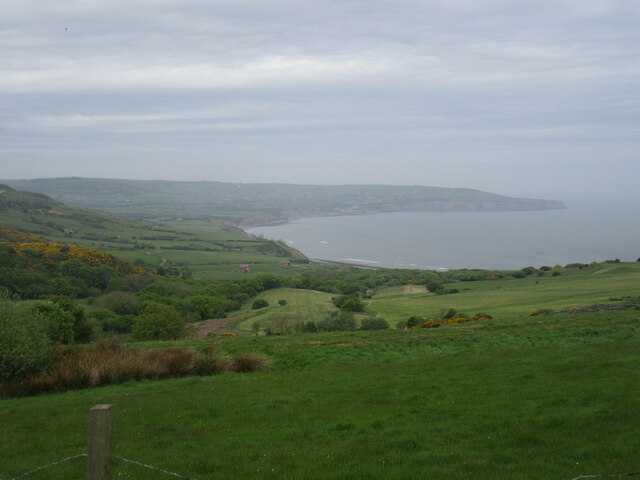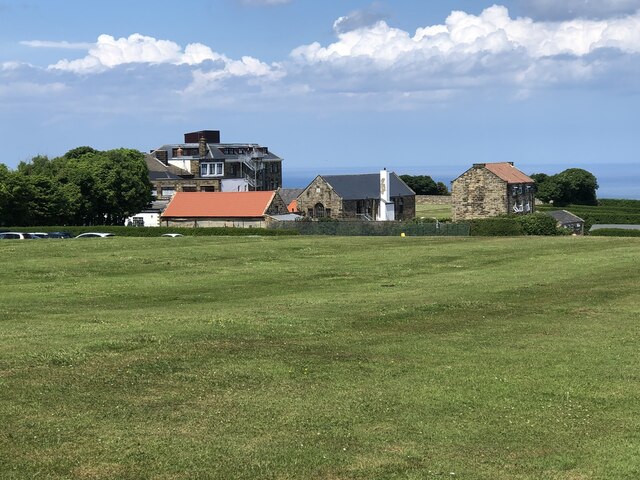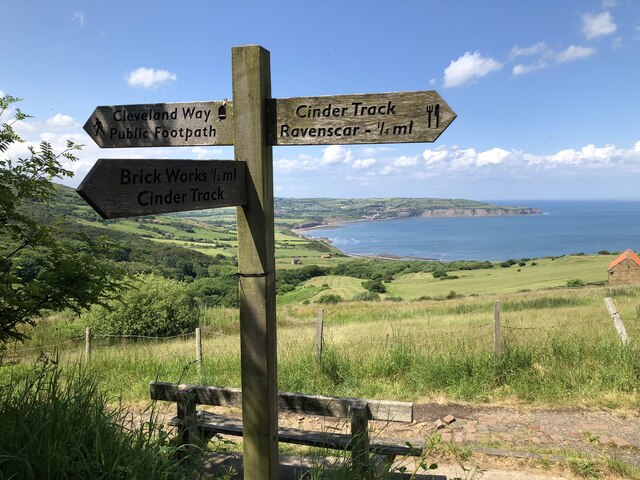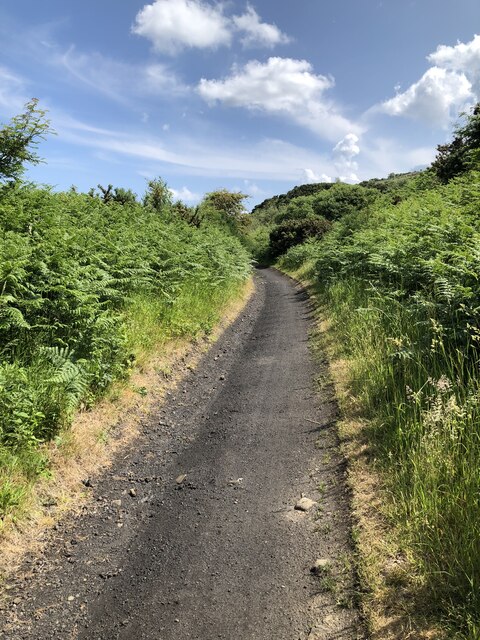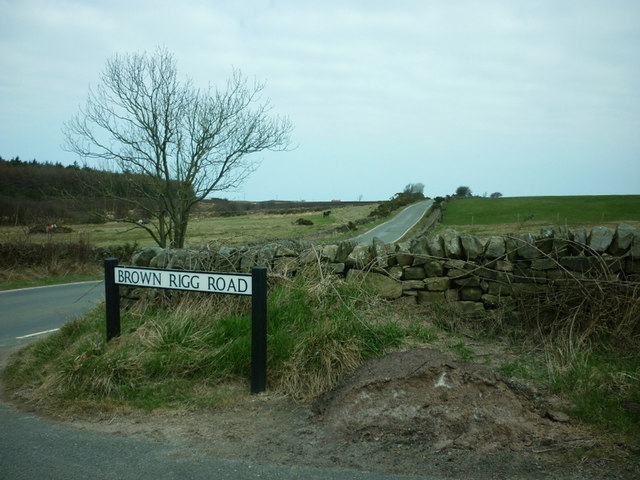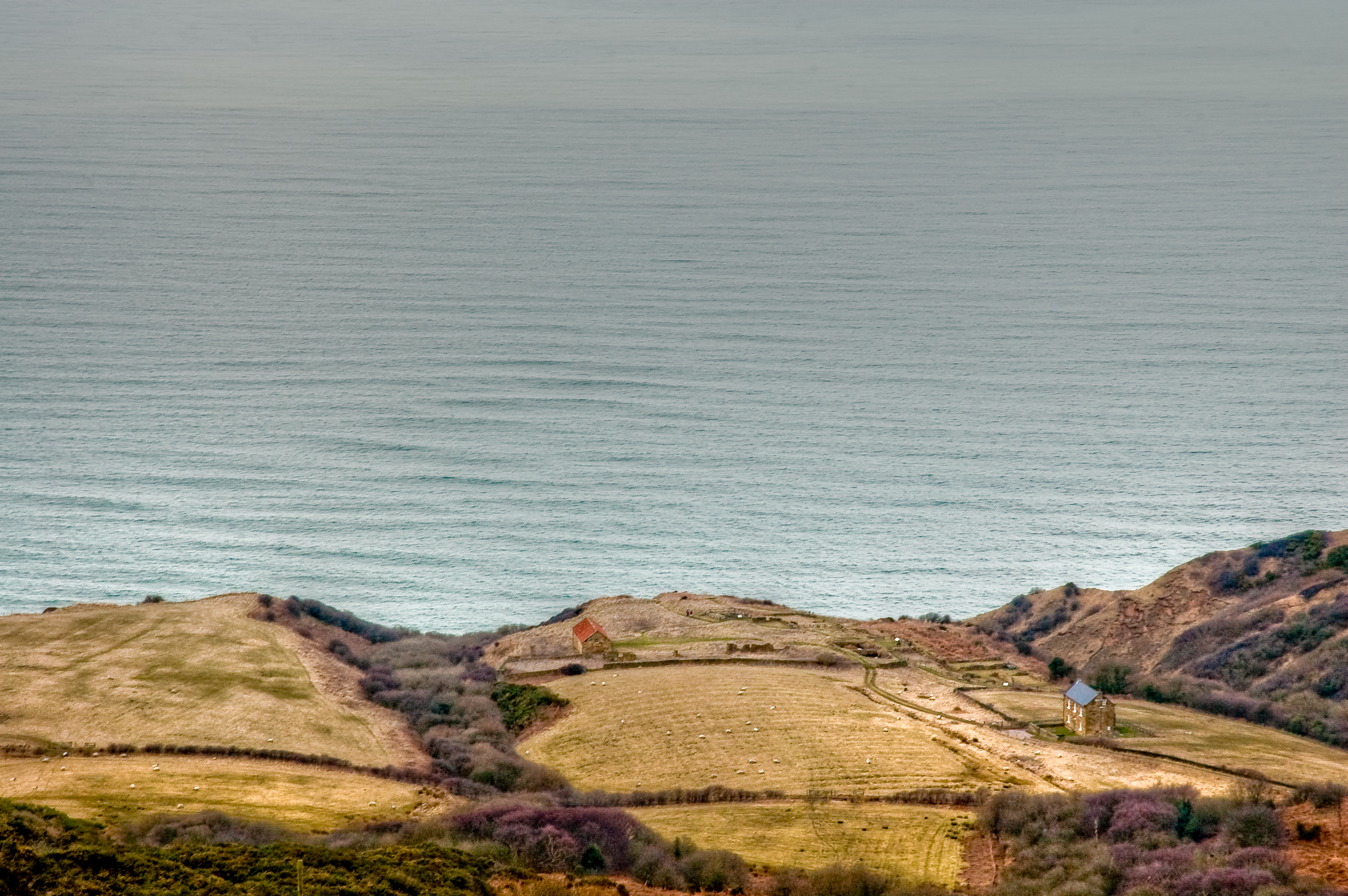Pye Rigg Howe
Heritage Site in Yorkshire
England
Pye Rigg Howe
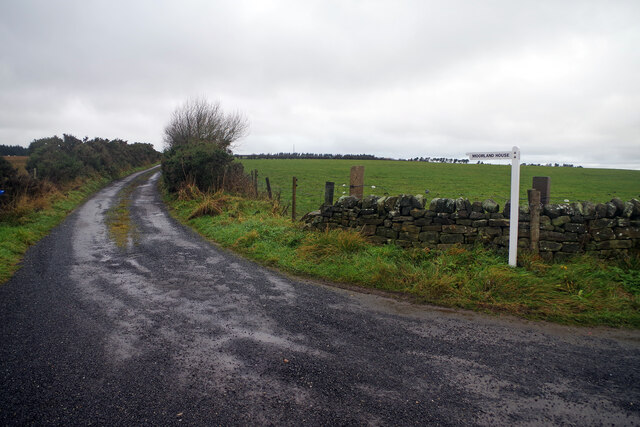
Pye Rigg Howe is a heritage site located in Yorkshire, England. It is an ancient burial mound that dates back to the Neolithic period, making it approximately 5,000 years old. The site is situated on the North York Moors, offering visitors stunning panoramic views of the surrounding countryside.
The burial mound itself is a circular earthen structure, measuring about 20 meters in diameter and 3 meters in height. It is believed to have been constructed as a communal burial ground, with multiple individuals interred within the mound. The interior of the mound has been excavated, revealing a chamber where the remains of these individuals were placed.
Archaeological finds at Pye Rigg Howe have provided valuable insights into the lives and burial practices of the Neolithic people. Artifacts such as pottery, flint tools, and animal bones have been discovered, shedding light on their daily activities, craftsmanship, and diet.
Visitors to Pye Rigg Howe can explore the site and its surrounding landscape. The area is rich in natural beauty, with heather-covered moorland, meandering streams, and diverse wildlife. It is a popular destination for hikers and nature enthusiasts.
Pye Rigg Howe is managed and protected by English Heritage, ensuring its preservation for future generations. Interpretive panels provide information about the site's history and significance, allowing visitors to engage with the fascinating Neolithic past of Yorkshire.
If you have any feedback on the listing, please let us know in the comments section below.
Pye Rigg Howe Images
Images are sourced within 2km of 54.39/-0.513 or Grid Reference NZ9600. Thanks to Geograph Open Source API. All images are credited.
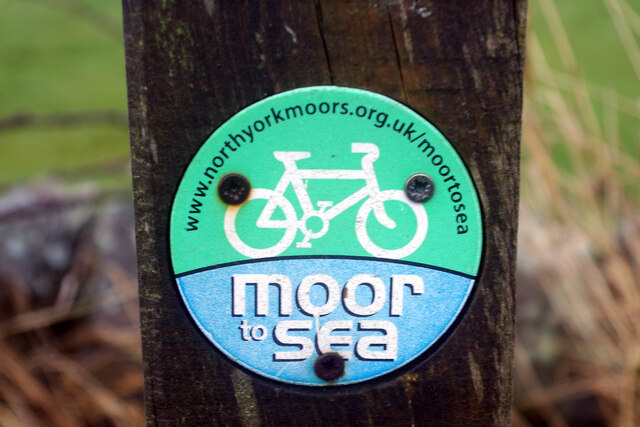
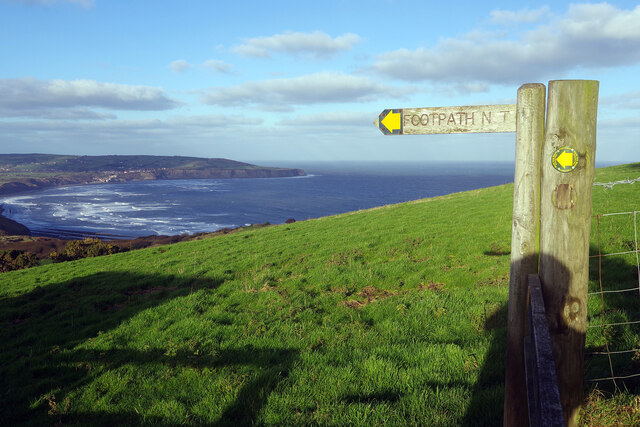
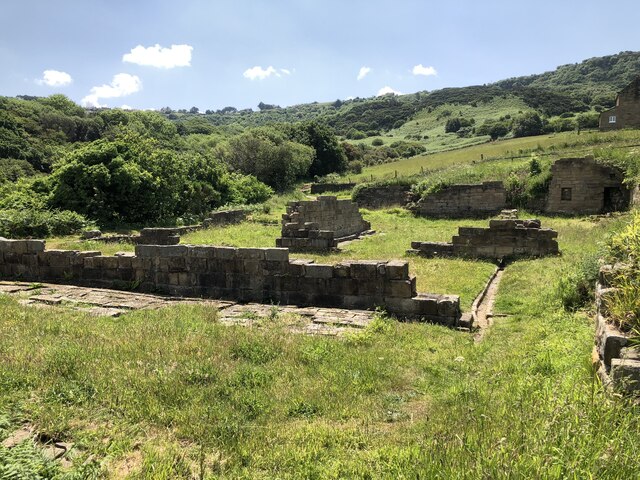
Pye Rigg Howe is located at Grid Ref: NZ9600 (Lat: 54.39, Lng: -0.513)
Division: North Riding
What 3 Words
///remember.attic.staining. Near Burniston, North Yorkshire
Nearby Locations
Related Wikis
Ravenscar, North Yorkshire
Ravenscar is a coastal village in the Scarborough district of North Yorkshire, England. It is within the civil parish of Staintondale and the North York...
Ravenscar railway station
Ravenscar was a railway station on the Scarborough & Whitby Railway and served the village of Ravenscar, North Yorkshire, England. == History == The station...
Bent Rigg radar station
Bent Rigg Radar Station, (also known as Royal Air Force Ravenscar, and Ravenscar tracking station), was a radar site located at Bent Rigg, 0.6 miles (1...
Staintondale
Staintondale (or Stainton Dale) is a small village and civil parish in the Scarborough district of North Yorkshire, England. The village is situated 7...
Nearby Amenities
Located within 500m of 54.39,-0.513Have you been to Pye Rigg Howe?
Leave your review of Pye Rigg Howe below (or comments, questions and feedback).
